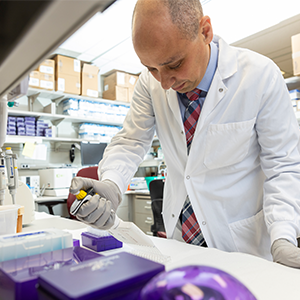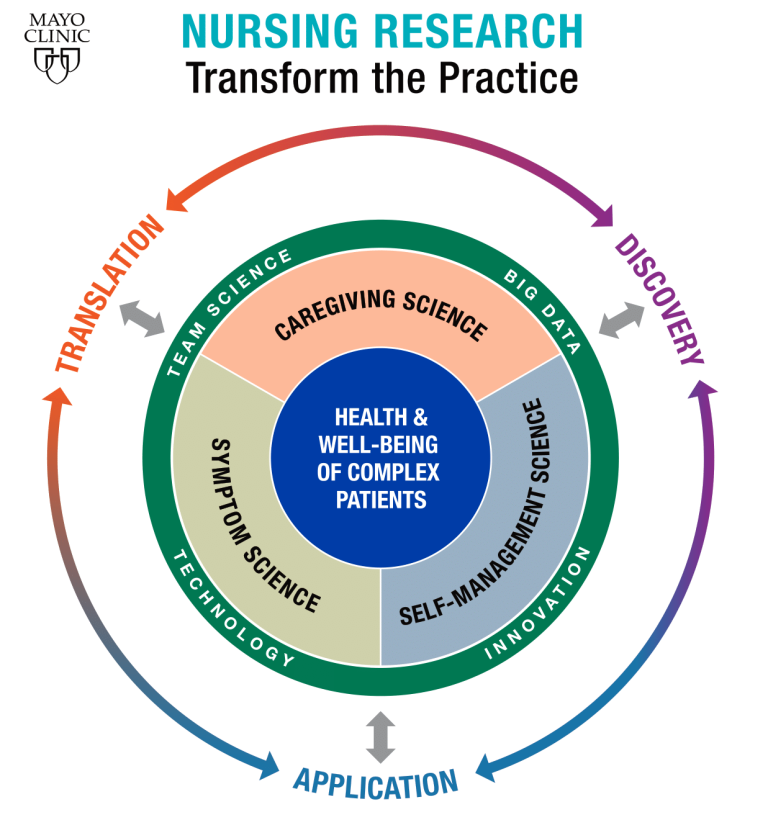-
The rising tide of nonalcoholic fatty liver disease
 Liver disease? Me? I don’t drink. I don’t smoke. Okay, so I don’t exercise that much, and where did all these candy bar wrappers come from?
Liver disease? Me? I don’t drink. I don’t smoke. Okay, so I don’t exercise that much, and where did all these candy bar wrappers come from?
Anyway, I thought liver disease was just for alcoholics?
These are question many Americans ask when diagnosed with nonalcoholic fatty liver disease. But as its name implies, NAFLD is an umbrella term for a range of liver conditions in people who drink little or no alcohol. In NAFLD, excess fat is stored in the liver, and can lead to inflammation, scarring and potentially liver failure.
NAFLD is a significant and growing public health issue, but until now, we didn’t have a good handle on just how big this wave has grown.
Recently, Alina Allen, M.D., a gastroenterologist and population health researcher at Mayo Clinic, and colleagues, published a paper describing the incidence, as well as the life and death implications of this type of liver disease.
The researchers used the Rochester Epidemiology Project, a collaboration of clinics, hospitals, and other medical and dental facilities in Minnesota and Wisconsin that links together the medical and the dental records for people who have agreed to share their health history for the purpose of research.
The team showed that five times as many people have this type of liver disease now, as compared to 1997.

“This finding was not that surprising,” says Dr. Allen. “NAFLD is a consequence of obesity, and over the last few decades, we’ve observed a steadily rising rate of overweight people.”
She clarifies that improvements in imaging technology and increased awareness among providers may have contributed some to the increased numbers. Regardless, the team discovered that community-wide, people with NAFLD had a significantly higher risk of dying within 10 years of diagnosis, than others without NAFLD.
Dr. Allen also noted:
- NAFLD contributes to the likely development of other diseases such as diabetes, hypertension and out of whack blood fat levels (cholesterol and triglycerides) called dyslipidemia – all known to hasten death, on their own.
- But just NAFLD alone doubles the risk of death, and risk of cardiovascular events (for example, a heart attack).
NAFLD reduces life expectancy by about four years, which could cause us to miss a whole lot of moments with loved ones. While we may not be able to prevent the oceans from rising or falling, we can turn this tide.
“The key is maintaining a healthy weight,” Dr. Allen says, “or, for those who are overweight or obese, losing weight before the liver disease advances to cirrhosis.”
“The good news,” she says, “is that we know weight loss can reverse the unwanted consequences in the liver, such as fat, inflammation and even scar tissue. Additionally, adequate control of diabetes, hypertension and dyslipidemia have beneficial impacts on liver disease.”
Weight loss would help with those other conditions too, she notes.
If decreased health and lower life expectancy aren’t alarming enough to stop the rising tide of NAFLD cases, maybe knowing the dollars will. Dr. Allen and her colleagues also looked at the financial burden of this disease. In a related study, using the OptumLabs Data Warehouse, they showed that health care costs for patients diagnosed with NAFLD are significant – regardless of whether they have other metabolic conditions such as diabetes.
The team compared costs for more than 108,000 patients diagnosed with NAFLD, between 2010 – 2014, with those for similar patients lacking only the NAFLD diagnosis. The first years’ care added an average of $7,804 in health care costs; with follow-on care averaging $3,789 additional per year.
This garnered some attention in the news, and Dr. Allen hopes that both of these studies will contribute to patient and family awareness. They offer opportunities for life-changing conversations with health care providers, and may lead to more research to further transform health and the experience of health care. And above all, they may help stem the tide of NAFLD.
###
This research was made possible by the Mayo Clinic Robert D. and Patricia E. Kern Center for the Science of Health Care Delivery. The OptumLabs Data Warehouse contains deidentified administrative claims data, including medical claims and eligibility information from a large national U.S. health insurance plan, as well as electronic health record data from a nationwide network of provider groups.







